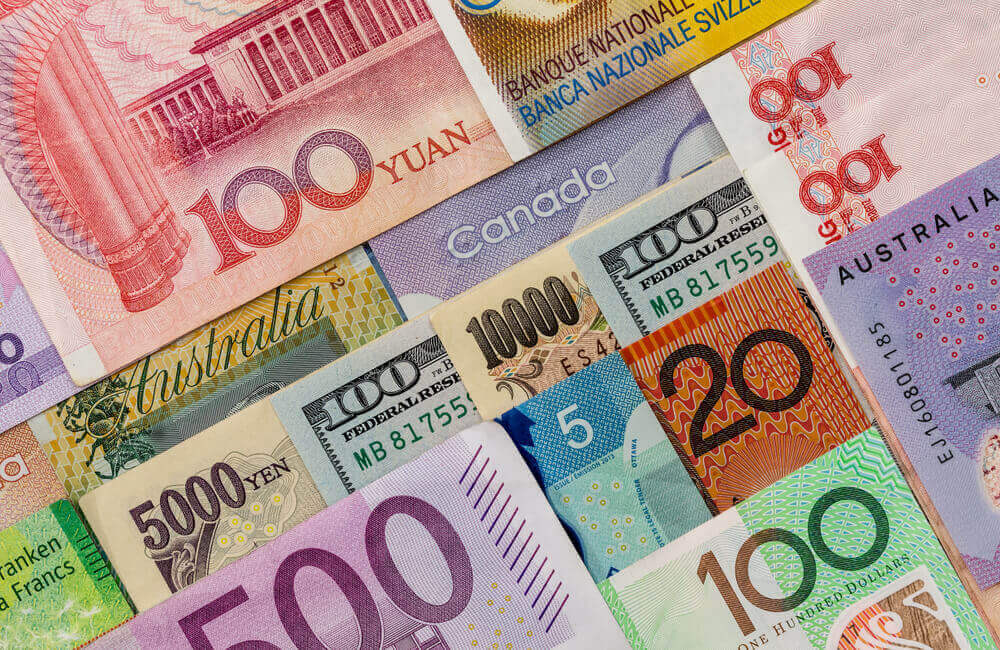In today’s globalized world, sending money across borders is more common than ever. Whether you want to send money from UAE to any bank in India to support family, you’re paying for services in Brazil, or maintaining international business operations across Europe and Asia, the process of transferring funds internationally has become a staple of financial management. However, this task is not without its challenges and considerations.
From fluctuating exchange rates to varying transaction fees, sending money abroad requires a bit of know-how to ensure your funds arrive safely without unnecessary costs.
Understanding the Basics of International Money Transfers
Before diving into the complexities of international money transfers, let’s clarify what exactly happens when you send money abroad.
What Happens When You Send Money Internationally?
- Initiation – You start by selecting a service provider and setting up your transfer details, including the recipient’s information and the amount to be sent.
- Conversion – The funds you send are typically converted from your local currency into the recipient’s currency.
- Transfer – The money travels through one or more intermediary banks or services before reaching the recipient’s account.
- Receipt – The recipient collects the transferred amount, either through a bank account, a mobile wallet, or physical location, depending on the service used.
Key Considerations for International Transfers
1. Exchange Rates
Exchange rates can greatly affect how much money ends up at the destination. It’s vital to check the rates offered by different transfer services as they can vary significantly.
Tips for Getting the Best Rate:
- Compare rates from multiple providers before each transfer, as they can change frequently.
- Consider using a forex lock option if you anticipate currency fluctuations and you find a favorable rate.
- Be aware of hidden fees in the exchange rate. Some services offer low fees but make up for it in poor exchange rates.
2. Transfer Fees
Fees can vary widely based on the service provider and the specifics of the transfer like speed and payment method.
Types of Fees:
- Flat fees – A set amount charged per transfer.
- Percentage fees – Based on the amount of money you are sending.
- Additional charges – For using credit cards or expedited transfers.
3. Transfer Speed
The urgency with which your recipient needs the money can also influence your choice of service.
Speed Variations:
- Instant transfers are usually more expensive.
- Economy transfers might take several days but are generally cheaper.
4. Service and Convenience
Choosing a provider isn’t only about fees and rates; it’s also about convenience and reliability.
- User-friendly interfaces, mobile apps, and good customer support can make a difference.
- Physical locations might be necessary if the recipient prefers cash pickups.
5. Safety and Security
Ensure the service provider is regulated and has good security measures in place.
- Look for providers licensed by relevant authorities in your country.
- Check reviews to see other users’ experiences regarding the reliability and security of the service.
How to Send Money Internationally: A Step-by-Step Guide
Step 1: Choose Your Provider
Research and compare different money transfer services. Consider factors like exchange rates, fees, transfer speed, and user reviews.
Step 2: Set Up Your Transfer
Provide your details and those of your recipient. Choose the amount to send, the currency, and how the recipient should receive the money.
Step 3: Double-Check Everything
Before confirming the transfer, double-check all the details. Mistakes can be costly.
Step 4: Track Your Transfer
Use the tracking tools provided by the service to keep an eye on your money’s journey. Ensure the recipient confirms receipt of the funds.
Additional Tips for a Smooth International Money Transfer
- Regularly sending money? Set up recurring payments if you’ll be making regular transfers to the same recipient.
- Transfer larger amounts less frequently to reduce costs if regular payments aren’t necessary.
- Always keep a receipt or confirmation of the transfer.
Navigating Currency Fluctuations
Currency values can change rapidly, impacting the final amount your recipient gets. Managing these fluctuations effectively can save you money and stress.
Strategies to Mitigate Risk:
- Monitor the market trends – Keep an eye on the currency markets if you are planning to make a transfer, to find a favorable rate.
- Use rate alerts – Many money transfer services offer alerts when the exchange rate hits a certain level, helping you choose the best time to send money.
- Consider hedging options – Some financial services provide options like forward contracts, which allow you to lock in an exchange rate for a future transfer. This can be especially useful for large transactions.
By staying informed and utilizing these strategies, you can make more cost-effective decisions when dealing with international transfers amid fluctuating currencies.
Conclusion
Transferring money internationally doesn’t have to be daunting. With the right knowledge and preparation, you can ensure your money reaches its intended destination efficiently and affordably. Remember, the key to a successful transfer lies in understanding the intricacies of exchange rates, being aware of fees, choosing the right transfer speed, and selecting a reliable service provider. With these considerations in mind, you can navigate the complexities of international money transfers with confidence and ease.

Leave a Reply